 Arc-fault circuit interrupters (AFCIs) are special types of electrical receptacles or outlets and circuit breakers designed to detect and respond to potentially dangerous electrical arcs in home branch wiring. How do they work? AFCIs function by monitoring the electrical waveform and promptly opening (interrupting) the circuit they serve if they detect changes in the wave pattern that are characteristic of a dangerous arc. They also must be capable of distinguishing safe, normal arcs, such as those created when a switch is turned on or a plug is pulled from a receptacle, from arcs that can cause fires. An AFCI can detect, recognize, and respond to very small changes in wave pattern. What is an arc? When an electric current crosses an air gap from an energized component to a grounded component, it produces a glowing plasma discharge known as an arc. For example, a bolt of lightening is a very large, powerful arc that crosses an atmospheric gap from an electrically charged cloud to the ground or another cloud. Just as lightning can cause fires, arcs produced by domestic wiring are capable of producing high levels of heat that can ignite their surroundings and lead to structure fires. According to statistics from the National Fire Protection Agency for the year 2005, electrical fires damaged approximately 20,900 homes, killed 500 people, and cost $862 million in property damage. Although short-circuits and overloads account for many of these fires, arcs are responsible for the majority and are undetectable by traditional (non-AFCI) circuit breakers. Where are arcs likely to form? Arcs can form where wires are improperly installed or when insulation becomes damaged. In older homes, wire insulation tends to crystallize as it ages, becoming brittle and prone to cracking and chipping. Damaged insulation exposes the current-carrying wire to its surroundings, increasing the chances that an arc may occur. Situations in which arcs may be created:
Where are AFCIs required? Locations in which AFCIs are required depend on the building codes adopted by their jurisdiction. The 2006 International Residential Code (IRC) requires that AFCIs be installed within bedrooms in the following manner: E3802.12 Arc-Fault Protection of Bedroom Outlets. All branch circuits that supply120-volt, single-phase, 15- and 20-amp outlets installed in bedrooms shall be protected by a combination-type or branch/feeder-type arc-fault circuit interrupter installed to provide protection of the entire branch circuit. Exception: The location of the arc-fault circuit interrupter shall be permitted to be at other than the origination of the branch circuit, provided that:
The National Electrical Code (NEC) offers the following guidelines concerning AFCI placement within bedrooms: Dwelling Units. All 120-volt, single phase, 15- and 20-ampere branch circuits supplying outlets installed in dwelling unit in family rooms, dining rooms, living rooms, parlors, libraries, dens, sun rooms, recreation rooms, closets, hallways, or similar rooms or areas shall be protected by a listed arc-fault circuit interrupter, combination-type installed to provide protection of the branch circuit. Home inspectors should refrain from quoting exact code in their reports. A plaintiff's attorney might suggest that code quotation means that the inspector was performing a code inspection and is therefore responsible for identifying all code violations in the home. Some jurisdictions do not yet require their implementation in locations where they can be helpful. What types of AFCIs are available? AFCIs are available as circuit breakers for installation in the electrical distribution panel. Nuisance Tripping An AFCI might activate in situations that are not dangerous and create needless power shortages. This can be particularly annoying when an AFCI stalls power to a freezer or refrigerator, allowing its contents to spoil. There are a few procedures an electrical contractor can perform in order to reduce potential “nuisance tripping," such as:
Arc Faults vs. Ground Faults It is important to distinguish AFCI devices from Ground Fault Circuit Interrupter (GFCI) devices. GFCIs detect ground faults, which occur when current leaks from a hot (ungrounded) conductor to a grounded object as a result of a short-circuit. This situation can be hazardous when a person unintentionally becomes the current’s path to the ground. GFCIs function by constantly monitoring the current flow between hot and neutral (grounding) conductors, and activate when they sense a difference of 5 milliamps or more. Thus, GFCIs are intended to prevent personal injury due to electric shock, while AFCIs prevent personal injury and property damage due to structure fires. In summary, AFCIs are designed to detect small arcs of electricity before they have a chance to lead to a structure fire. Homeowners guide to troubleshooting and repairing the top 3 reasons your furnace is not working...1/16/2018
During the coldest part of the year in Colorado, the last thing you need to deal with as a homeowner is not having heat. Getting your furnace serviced is expensive, and in the mountains, service providers usually charge a trip fee in addition to their hourly rate and a markup on materials. If you are a little bit handy, there is a good chance that you can fix some of the most common issues I have seen: your furnace fan runs, but no heat comes out.
For the purposes of this article, we will assume you have power, and the furnace is blowing cold air for a few minutes then shuts off or lights then shuts off, and keeps repeating that cycle. You will need a basic understanding of tools like; Phillips screwdriver, flathead screwdriver, wrenches, etc. If you are unsure at any point, please call a professional. If you smell gas turn off the gas supply and call 911. If your furnace is supplied by propane (you have a large tank in your yard), make sure you are not empty. I have gone to several service calls, and the client did not realize they had run out of propane. Modern furnaces use a component called an 'ignitor' to light the fuel (propane, or natural gas) instead of a pilot flame, which then heats the air. Older pilot style furnaces use a 'thermocouple' or 'Flame sensor' to make sure the pilot light stays lit, and they shut off the gas to the pilot flame if it goes out. Ignitors and thermocouples are prone to failure at the most inconvienant times, but are very easy to replace and inexpensive. Both styles of furnace also usually have an additional 'flame sensor' that detects the large main flame once the furnace burner has lit, and will shut down the furnace if the flame goes out due to a backdraft or other reason. These three items are the source of 80% of service calls. If you have a furnace with a pilot light, and no heat is coming out (it may blow cold air for a minute then shut off), it is probably the thermocouple or flame sensor. try to relight the pilot light; if it will not stay lit, but you can get it to initially light, it is usually the thermocouple or flame sensor, which is a sensor that is attached next to the pilot light, and sits partially in the flame when lit. If the pilot light is lit, but the furnace lights then shuts off, you may have a second 'flame sensor' that detects the main burner flame; CLICK HERE . You can tell the difference because a thermocouple will have a single copper tube and the flame sensor will have braided metal wire or just wire that goes to a connector on the furnace.
The following steps can help you see if one of these simple items is the cause of your furnace failure:
FOR ALL STEPS START HERE:
PILOT LIGHT WON'T STAY LIT:
FURNACE RUNS BUT BLOWS COLD AIR THEN SHUTS DOWN (FURNACE DOES NOT USE A PILOT LIGHT):
Ignitors are identifiable by there location next to a burner. They have two wires going to a connector on the furnace and they usually have a ceramic base. Here are a few examples, with the one on the right being very common:
PILOT IS LIT OR IGNITOR GLOWS AND FURNACE MAIN BURNER IGNITES THEN SHUTS DOWN:
If you were successful, then CONGRATULATIONS! You are on your way to saving money, and understanding the systems in your house, as an added bonus, now your warm. As always, if it doesn't work, it's probably time to call a qualified service technician. Deadly Mistake #1: Thinking you can't afford it.
Many people who thought that buying the home they wanted was simply out of their reach are now enjoying a new lifestyle in their very own homes. Buying a home is the smartest financial decision you will ever make. In fact, most homeowners would be broke at retirement if it wasn't for one saving grace -- the equity in their homes. Furthermore, tax allowances favor home ownership. Real estate values have always risen steadily. Of course, there are peaks and valleys, but the long-term trend is a consistent increase. This means that every month when you make a mortgage payment, the amount that you owe on the home goes down and the value typically increases. This "owe less, worth more" situation is called equity build-up and is the reason you can't afford not to buy. Even if you have little money for a down payment or credit problems, chances are that you can still buy that new home. It just comes down to knowing the right strategies, and working with the right people. See below. Electricity is an essential part of our lives. However, it has the potential to cause great harm. Electrical systems will function almost indefinitely, if properly installed and not overloaded or physically abused. Electrical fires in our homes claim the lives of 485 Americans each year and injure 2,305 more. Some of these fires are caused by electrical system failures and appliance defects, but many more are caused by the misuse and poor maintenance of electrical appliances, incorrectly installed wiring, and overloaded circuits and extension cords.
Some safety tips to remember:
What Is Asbestos?
Asbestos is a mineral fiber that can be positively identified only with a special type of microscope. There are several types of asbestos fibers. In the past, asbestos was added to a variety of products to strengthen them and to provide heat insulation and fire resistance. InterNACHI inspectors can supplement their knowledge with the information offered in this guide. How Can Asbestos Affect Human Health? From studies of people who were exposed to asbestos in factories and shipyards, we know that breathing high levels of asbestos fibers can lead to an increased risk of lung cancer in the forms of mesothelioma, which is a cancer of the lining of the chest and the abdominal cavity, and asbestosis, in which the lungs become scarred with fibrous tissue. The risk of lung cancer and mesothelioma increase with the number of fibers inhaled. The risk of lung cancer from inhaling asbestos fibers is also greater if you smoke. People who get asbestosis have usually been exposed to high levels of asbestos for a long time. The symptoms of these diseases do not usually appear until about 20 to 30 years after the first exposure to asbestos. Most people exposed to small amounts of asbestos, as we all are in our daily lives, do not develop these health problems. However, if disturbed, asbestos material may release asbestos fibers, which can be inhaled into the lungs. The fibers can remain there for a long time, increasing the risk of disease. Asbestos material that would crumble easily if handled, or that has been sawed, scraped, or sanded into a powder, is more likely to create a health hazard. Buying a home? It's probably the most expensive purchase you'll ever make. This is no time to shop for a cheap inspection. The cost of a home inspection is very small relative to the value of the home being inspected. The additional cost of hiring an InterNACHI-Certified Professional Inspector® is almost insignificant.
You have recently been crunching the numbers, negotiating offers, adding up closing costs, shopping for mortgages, and trying to get the best deals. Don't stop now. Don't let your real estate agent, a "patty-cake" inspector, or anyone else talk you into skimping here. InterNACHI-certified inspectors perform the best inspections by far. InterNACHI-certified inspectors earn their fees many times over. They do more, they deserve more, and -- yes -- they generally charge a little more. Do yourself a favor... and pay a little more for the quality inspection you deserve. The licensing of home inspectors only sets a minimum standard. Much like being up to code, any less would be illegal. Imaginary people, children, psychics (who claim to "sense" if a house is OK) and even pets can theoretically be home inspectors. InterNACHI, the International Association of Certified Home Inspectors, front-ends its membership requirements. InterNACHI inspectors:
Most people don’t know how easy it is to make their homes run on less energy, and here at InterNACHI, we want to change that.
Drastic reductions in heating, cooling and electricity costs can be accomplished through very simple changes, most of which homeowners can do themselves. Of course, for homeowners who want to take advantage of the most up-to-date knowledge and systems in home energy efficiency, InterNACHI energy auditors can perform in-depth testing to find the best energy solutions for your particular home. Why make your home more energy efficient? Here are a few good reasons:
As much as half of the energy used in homes goes toward heating and cooling. The following are a few ways that energy bills can be reduced through adjustments to the heating and cooling systems:
Demand-type water heaters (tankless or instantaneous) provide hot water only as it is needed. They don't produce the standby energy losses associated with traditional storage water heaters, which will save on energy costs. Tankless water heaters heat water directly without the use of a storage tank. When a hot water tap is turned on, cold water travels through a pipe into the unit. A gas burner or an electric element heats the water. As a result, demand water heaters deliver a constant supply of hot water. You don't need to wait for a storage tank to fill up with enough hot water. 3. Replace incandescent lights. The average household dedicates 11% of its energy budget to lighting. Traditional incandescent lights convert approximately only 10% of the energy they consume into light, while the rest becomes heat. The use of new lighting technologies, such as light-emitting diodes (LEDs) and compact fluorescent lamps (CFLs), can reduce the energy use required by lighting by 50% to 75%. Advances in lighting controls offer further energy savings by reducing the amount of time that lights are on but not being used. Here are some facts about CFLs and LEDs:
Sealing and insulating your home is one of the most cost-effective ways to make a home more comfortable and energy-efficient, and you can do it yourself. A tightly sealed home can improve comfort and indoor air quality while reducing utility bills. An InterNACHI energy auditor can assess leakage in the building envelope and recommend fixes that will dramatically increase comfort and energy savings. The following are some common places where leakage may occur:
The following systems can be installed to conserve water usage in homes:
Appliances and electronics account for about 20% of household energy bills in a typical U.S. home. The following are tips that will reduce the required energy of electronics and appliances:
Daylighting is the practice of using natural light to illuminate the home's interior. It can be achieved using the following approaches:
About one-third of the home's total heat loss usually occurs through windows and doors. The following are ways to reduce energy lost through windows and doors:
An enormous amount of energy is wasted while cooking. The following recommendations and statistics illustrate less wasteful ways of cooking:
|
HIGH RANGE HOME INSPECTIONHigh Range Home Inspection is a full service home inspection company. We specialize in mountain homes, Estates and unique properties. We offer consulting on remodel projects, contractor oversight, vacation home checks, and more. We are proud to be a locally owned business that services Boulder, Nederland, Longmont, Allenspark, Estes Park, Loveland, Denver, and surrounding areas in the Front Range.
|
CONTACT
|
SERVICES |
578 Primos Road Boulder, Colorado 80302-9212
TERMS OF SERVICE
©
2018 High Range Home Inspection LLC




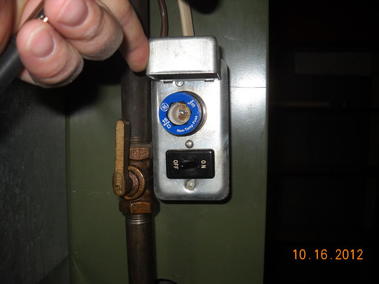
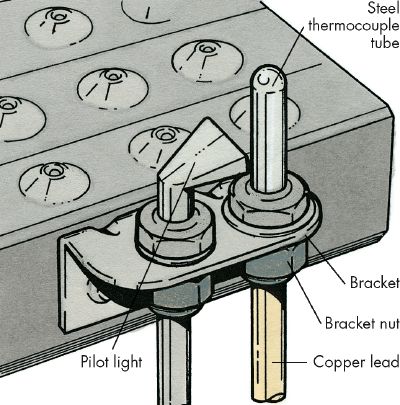









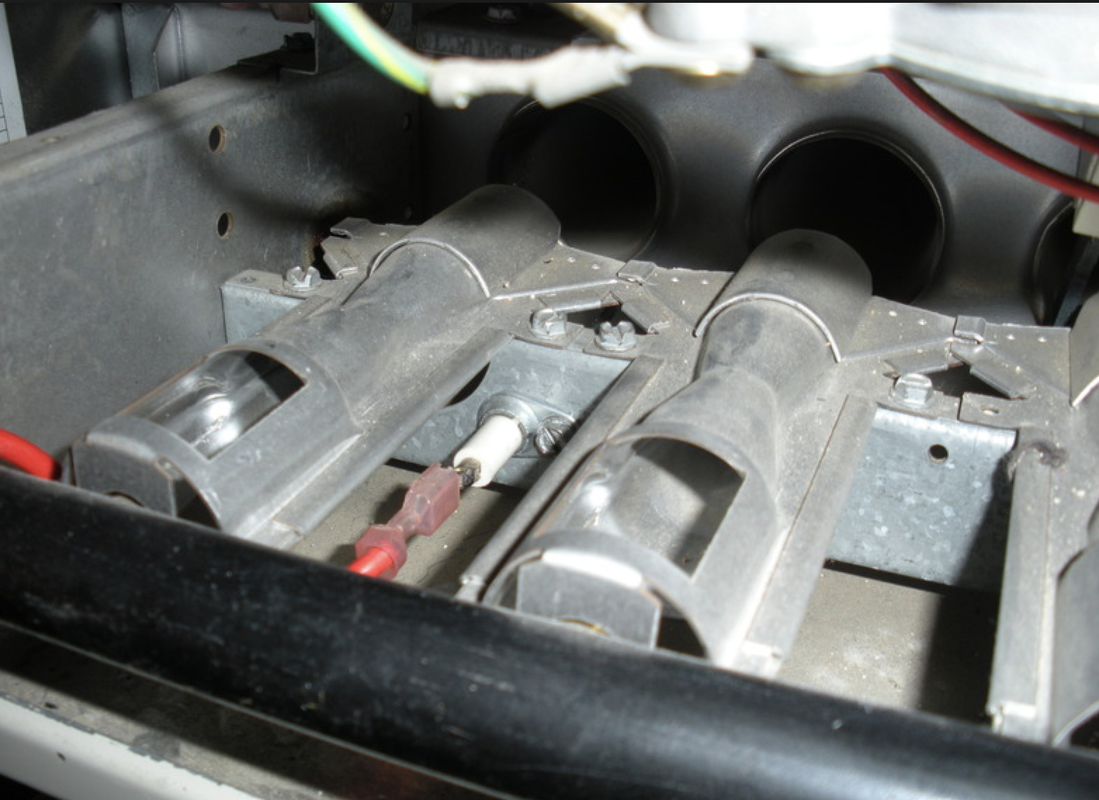
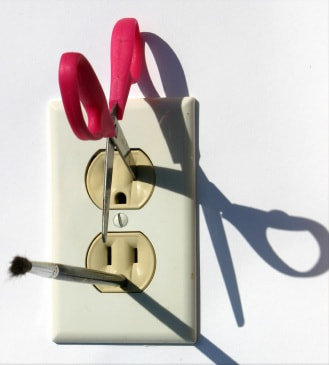

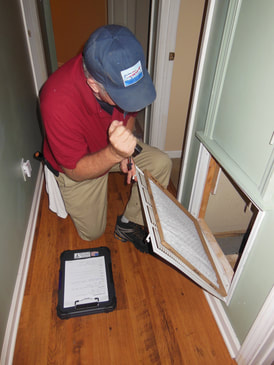


 RSS Feed
RSS Feed
